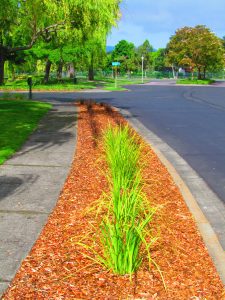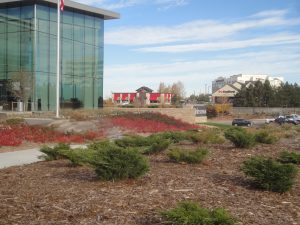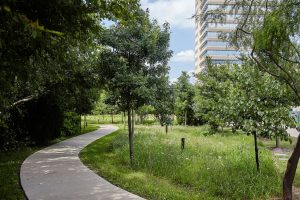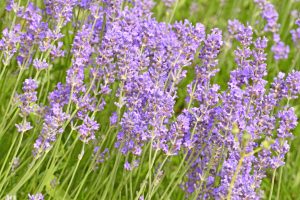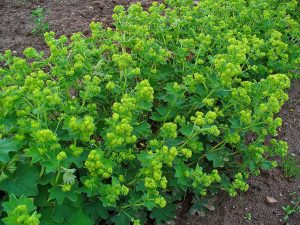As a commercial property owner, you are always striving to keep your landscape in immaculate condition despite the circumstances. With projected drought conditions for much of the western United States, this will be a struggle. However, the idea of xeriscaping, which is, the practice of conserving water through strategic landscaping, may be your solution. While not a new concept, the increased frequencies of droughts and water scarcity has put a spotlight on the importance of xeriscape and its capabilities of reducing water while maintaining a beautiful and appealing landscape. Here are some of the benefits you can gain by incorporating xeriscaping practices into your property.
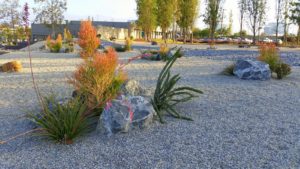 Lessens Water Usage
Lessens Water Usage
When drought conditions are present, the main concern for any commercial landscape owner will be cutting back the usage of water. Property owners that chose to xeriscape will be able to reduce water usage as much as 70 percent. To make this reduction possible, begin with careful planning and designing of your landscape. This ensures that not only water efficiency is achieved, but also maximizes the survival of carefully chosen plants. It is also important to include correct mulch, rocks, and composted soil into your landscape plan. These steps will help reduce the amount of water lost to evaporation, which then limits water usage. Another vital xeriscape procedure is to choose plants that require low amounts of water. These plants can range from native plants to non-invasive plants that are well adapted to our local region’s climate. To learn more about native plant options click here.
Increases Property Value
One of the foremost concerns that will often arise when drought conditions are present is being able maintain an appealing landscape. The dryness and lack of water from the drought will unfortunately turn your property into dried out shades of yellow or brown. When the health and beauty of your landscape suffers, it can reflect poorly and may decrease the value of the property. However, a xeriscaped commercial property will offer a beautiful landscape year round.
What’s next?
Are you a commercial property owner in need of more information of xeriscaping or transitioning your landscape? Contact your Terracare expert for all your xeriscaping needs.






